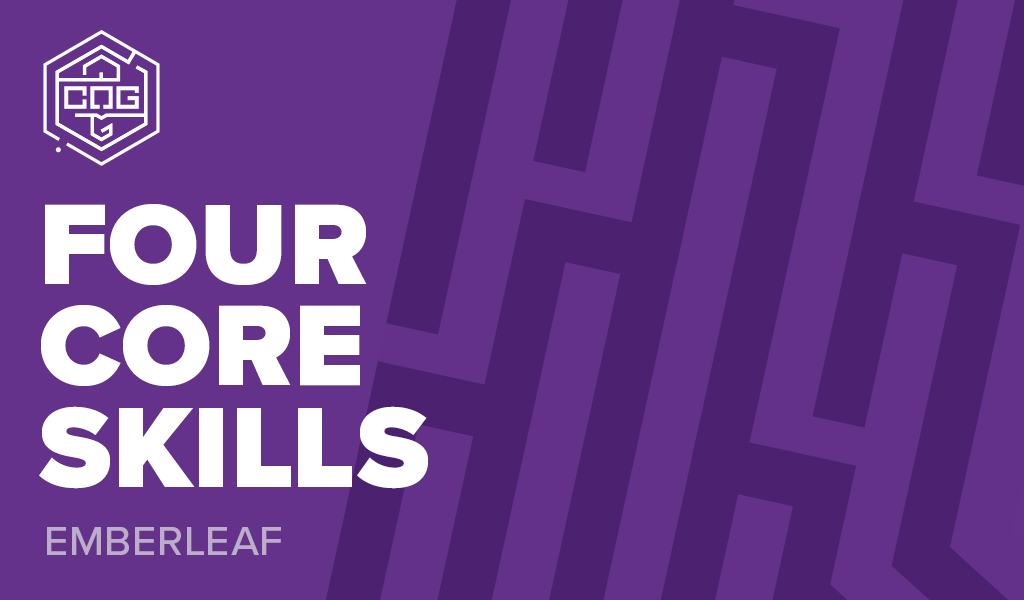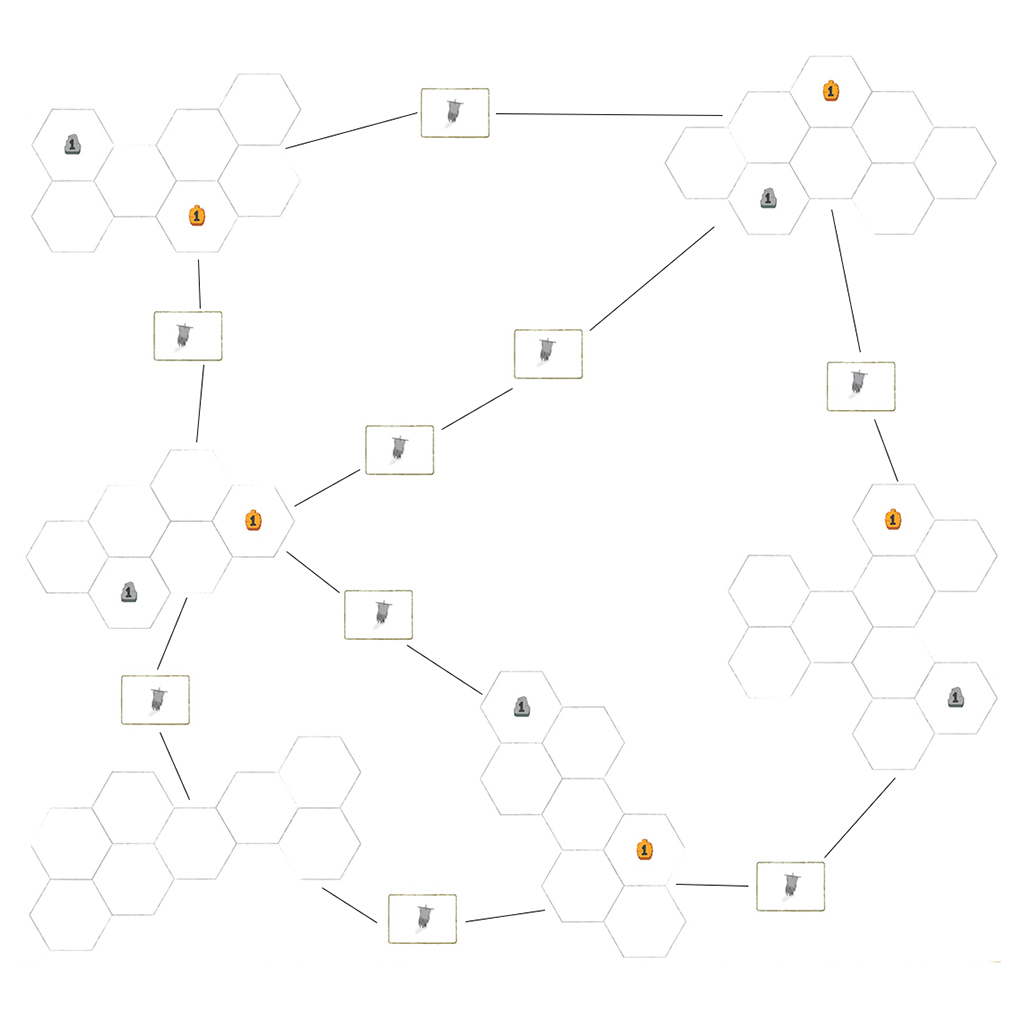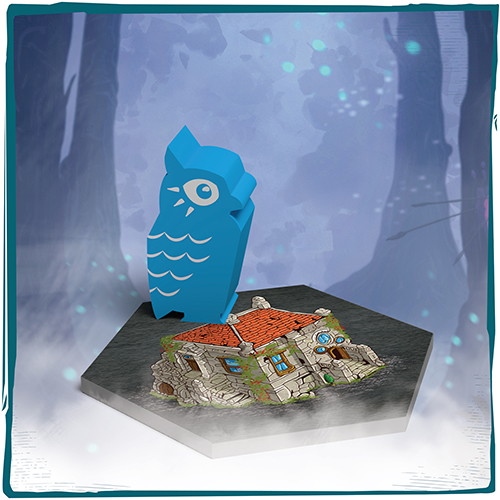The 4 core skills of Emberleaf: Walking, Gathering, Attacking, and Building

Earlier this week, I introduced you to the concept of “card dancing” in Emberleaf, and now it’s time to explore the four primary skills that will guide your journey through the game. While other skills exist, walking, gathering, attacking, and building form the foundation of your experience, shaping the strategies and decisions you’ll make along the way.
Hero cards and strategic complexity
Before diving into each skill, it is important to know Emberleaf features 77 hero cards, there are five unique starting decks of six cards each. The remaining 47 cards can be recruited and added to your deck as you progress.
I would not classify Emberleaf as a deck building game, but you do add cards to your deck.
Each card in Emberleaf is unique, with varying skills and stats that encourage diverse strategies. Your starting deck guides you in different directions, offering varied approaches to the game. For instance, one deck might excel at gathering wood but struggle with food, while another offers a more balanced resource acquisition. This variability impacts the paths you take, influencing how you walk, gather, build, and fight.
The game is strategically complex, but its core mechanics are simple and intuitive. By using clear visual design and familiar concepts like walking, gathering, fighting, and building, Emberleaf ensures that players quickly grasp what they can do each turn. However, mastering these actions takes time, as the real challenge lies in executing your strategies effectively.
Walking through the forest
Let’s start with the Walk skill, which allows you to move around the forest. The forest in Emberleaf is divided into six clearings, each counting as one space. To move from one clearing to another, you’ll need to walk along pathways until you reach your destination.

However, not all pathways are safe—they are populated with dangerous areas, requiring additional effort to cross. These dangerous areas can be cleared using the Attack skill (discussed shortly), allowing easier movement, or you can use a more powerful Walk skill to bypass the danger altogether.
You are never forced to attack in Emberleaf, but the option is always there.
Your hero piece, representing you on the board, shows your current location.
Gathering resources
The Gather skill is essential for collecting the resources you need to build and progress in Emberleaf. The game features four resources: wood, food, stone, and beehives. Wood and food are the most common, while stone can be more challenging to obtain, depending on your strategy. Beehives, on the other hand, are rare and difficult to acquire—so rare that you start the game with one and may never see another!
When you perform a Gather skill, you’ll collect a specific resource based on either a fixed rate or your hero’s stats. Gathered resources are stored in the resource area on your fellowship board, which can hold up to eight resources. You can unlock four additional slots, increasing your capacity to twelve. If your resource area is full, you can discard any combination of resources.
Emberleaf is designed to offer flexibility in managing your resources, you are restricted but you are never trapped.
One of my favourite design decisions in Emberleaf is the resource conversion mechanic. While many games penalize you by making you spend two of something to gain one of another, Emberleaf rewards you—spending one resource typically gives you two of another. This makes converting a positive experience and valid strategy, rather than an unrewarding ‘fix my mistake’ skill. However, poor planning can still lead to resource mishaps!
Attacking and clearing dangerous areas

The Attack skill is used to clear dangerous areas that block your path. These areas have varying health levels, and to clear them, you’ll need to perform an Attack with a value equal to or greater than the area’s health. If successful, you’ll take the token and place it beside you-Cleared areas are not immediately refilled.
Clearing dangerous areas offers multiple benefits: it makes movement easier, rewards you with resources, and earns you points (leaves). Additionally, there are four types of dangerous areas, and collecting a variety can score you extra leaves. Players who opt to fight will typically use the Gather skill less, as fighting offers another pathway which has both strategic advantages and disadvantages.
As the game progresses, dangerous areas become scarcer, often with tougher ones remaining. This creates a dynamic where rewards for clearing areas increase as options diminish as you choose your reward from a shared track. The reward track offers better rewards for each successive area cleared, culminating in a trophy that contributes towards triggering the end of the game. When you reach the bottom of the track the dangerous areas on the board are refreshed with new tokens.
Building
Finally, let’s explore the Build skill, where much of your game strategy will unfold. Building is how you spend resources to place structures on the board. Each of the six clearings contains hexagon spaces where you can build, but you must first move to the location.
There are five general building types: houses, boat houses, windmills, markets, and town halls, each with a different cost and a limited supply. When you build, you’ll spend your resources and place the chosen building in an empty space within your current location. If no spaces are available, you cannot place a tile.
Whenever you build, you’ll take one of the 20 villagers from your fellowship board and place them on the building to gain a reward. There are four types of villagers—rats, owls, rabbits, and frogs—each offering different bonuses. As you home more villagers of the same type, the rewards improve. Place building tiles also triggers scoring opportunities based on the type of building built, so placement is key, and we’ll discuss this in a future post.

In addition to the general buildings, there are six fellowship buildings on your fellowship board. These buildings are more challenging to construct, requiring rare beehives, but they offer ongoing rewards, such as enhancing your heroes or providing space for additional heroes—making your card dancing more effective. Along with homing villagers, these buildings can be a crucial part of your engine-building strategy.
Placing a building that fills the last available space in a clearing, thus filling the clearing, rewards you with a trophy, contributing towards triggering the end of the game.
Next time
In my next post I’ll talk more about trophies, triggering the end of the game, and scoring. In the meantime, if you have any questions let me know!
Frank West
Frank West is a gamer and designer based in Bristol, UK. He published his first board game, The City of Kings, in 2018 and now works on other games and organising events in the local area. His goal? To design and publish games focusing on immersive themes, fun mechanics and beautiful components. If you have any questions or would just like a chat, feel free to get in touch at any time!

